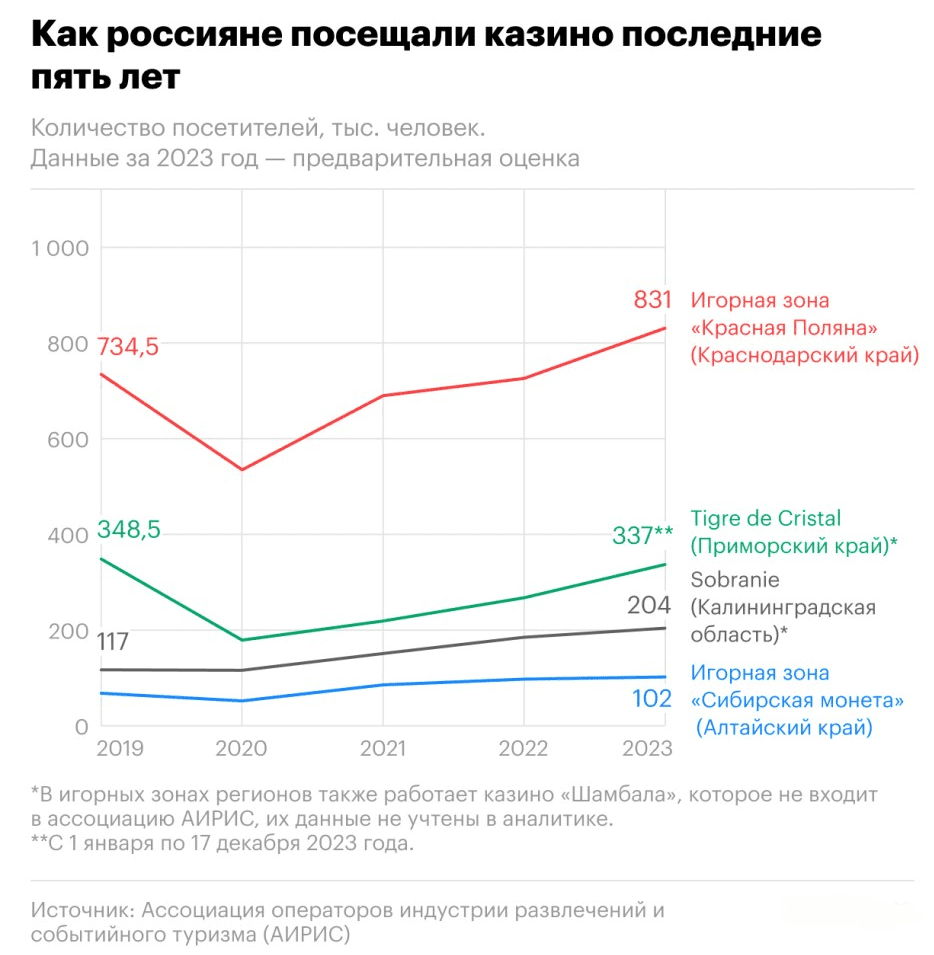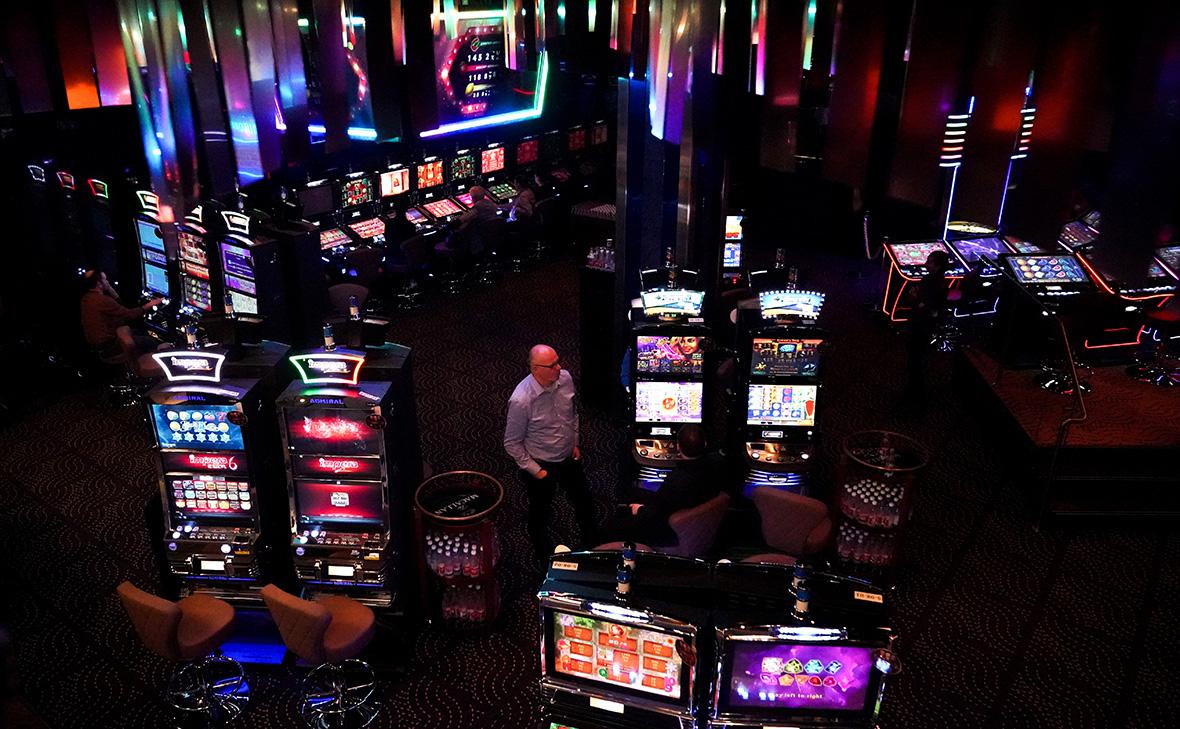Используй промокод - POKERDOM7777
- Бонусная игра для слота Book of Sun: Choice

 Exact data on the revenues of gambling zones not directly related to casinos are not disclosed as of the end of 2023. However, AIRIS statistics indicate that activities not related to gambling games brought the industry 37% more than the previous year.
Evgeny Safronov, head of InterMedia agency, believes that the 16% audience growth rate for gambling zones is relative and could have been much more significant. "The potential of the gambling business in Russia is enormous, and in the current situation, growth could reach hundreds of percent," Safronov adds.
Safronov explains the high potential of the industry by the fact that before legislative restrictions were introduced in the gambling business in Russia, over 6,000 licenses were issued, and the market turnover was $6 billion. He also suggests that the gambling establishments themselves may not have been adequately prepared for a sharp increase in customer traffic.
Exact data on the revenues of gambling zones not directly related to casinos are not disclosed as of the end of 2023. However, AIRIS statistics indicate that activities not related to gambling games brought the industry 37% more than the previous year.
Evgeny Safronov, head of InterMedia agency, believes that the 16% audience growth rate for gambling zones is relative and could have been much more significant. "The potential of the gambling business in Russia is enormous, and in the current situation, growth could reach hundreds of percent," Safronov adds.
Safronov explains the high potential of the industry by the fact that before legislative restrictions were introduced in the gambling business in Russia, over 6,000 licenses were issued, and the market turnover was $6 billion. He also suggests that the gambling establishments themselves may not have been adequately prepared for a sharp increase in customer traffic.